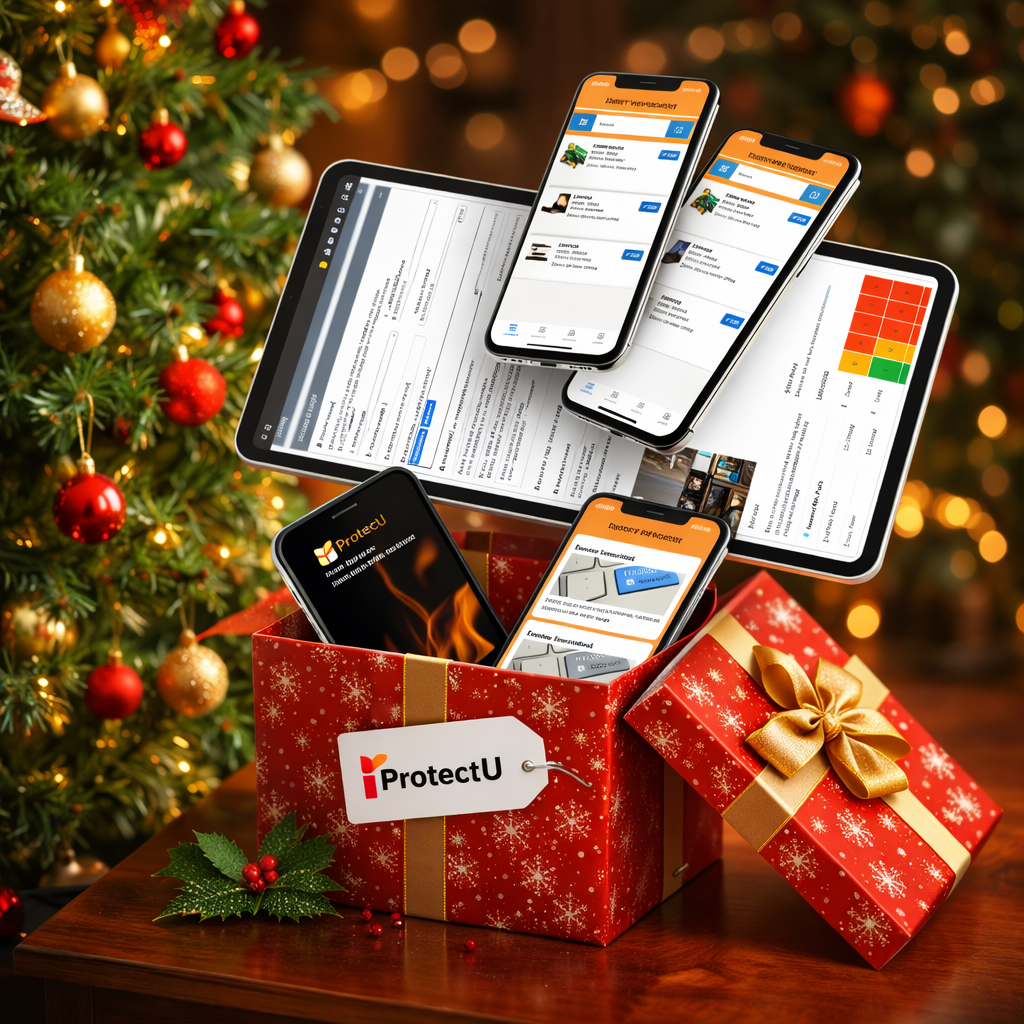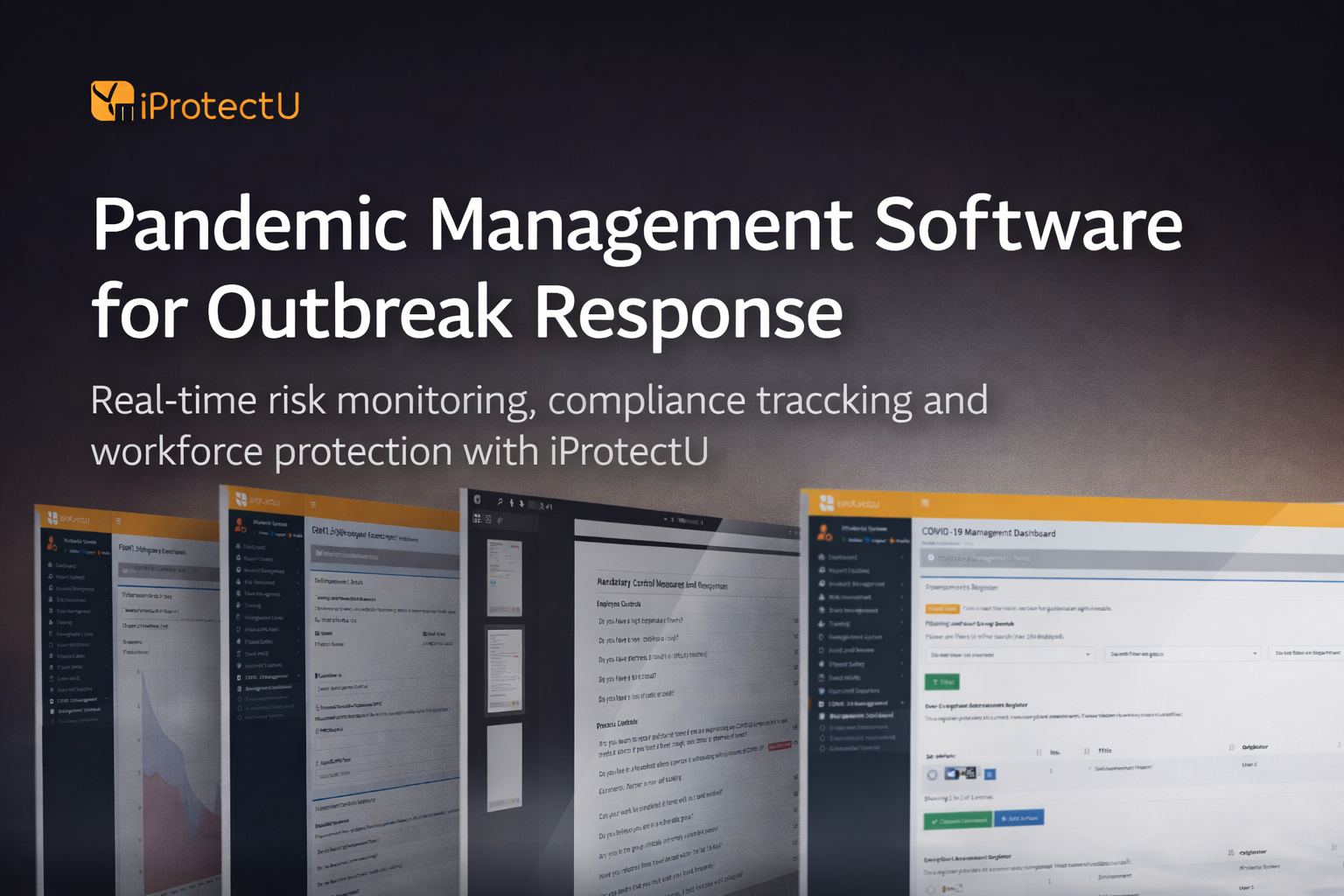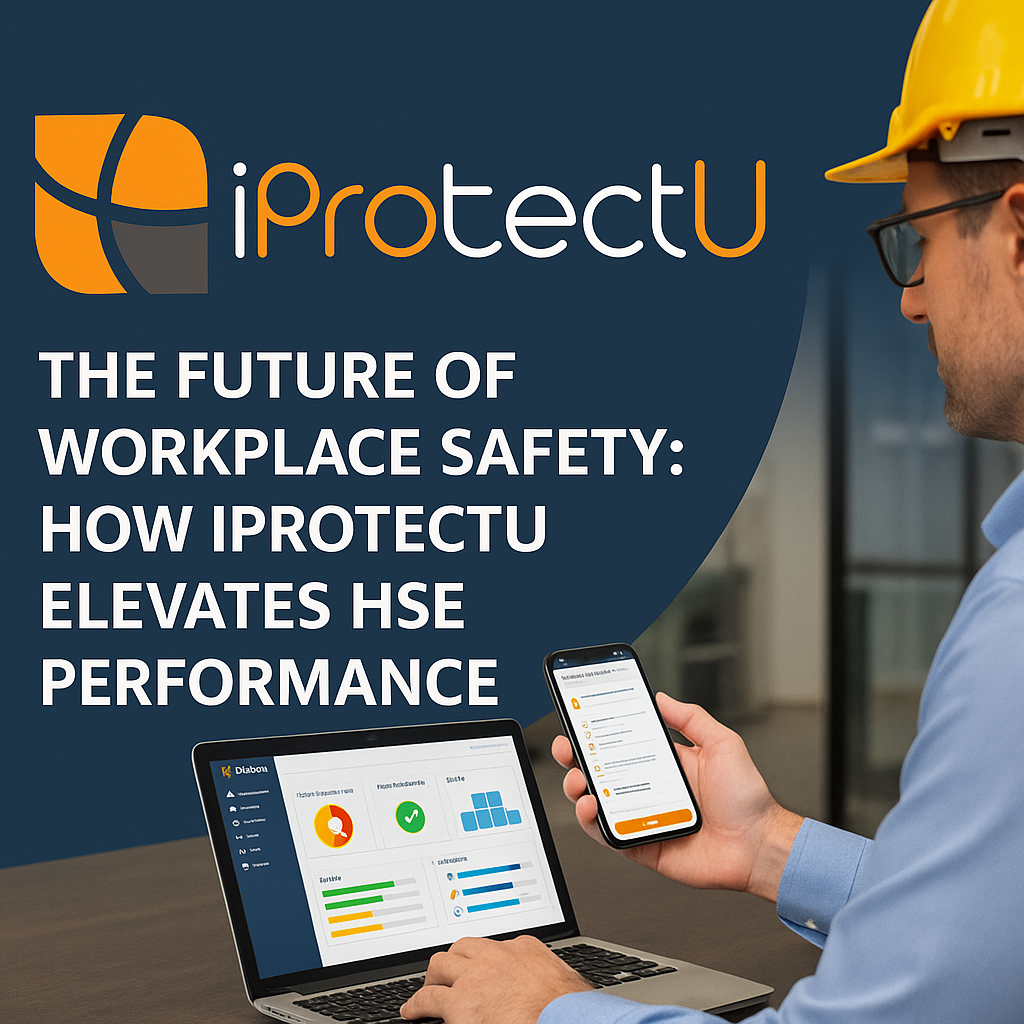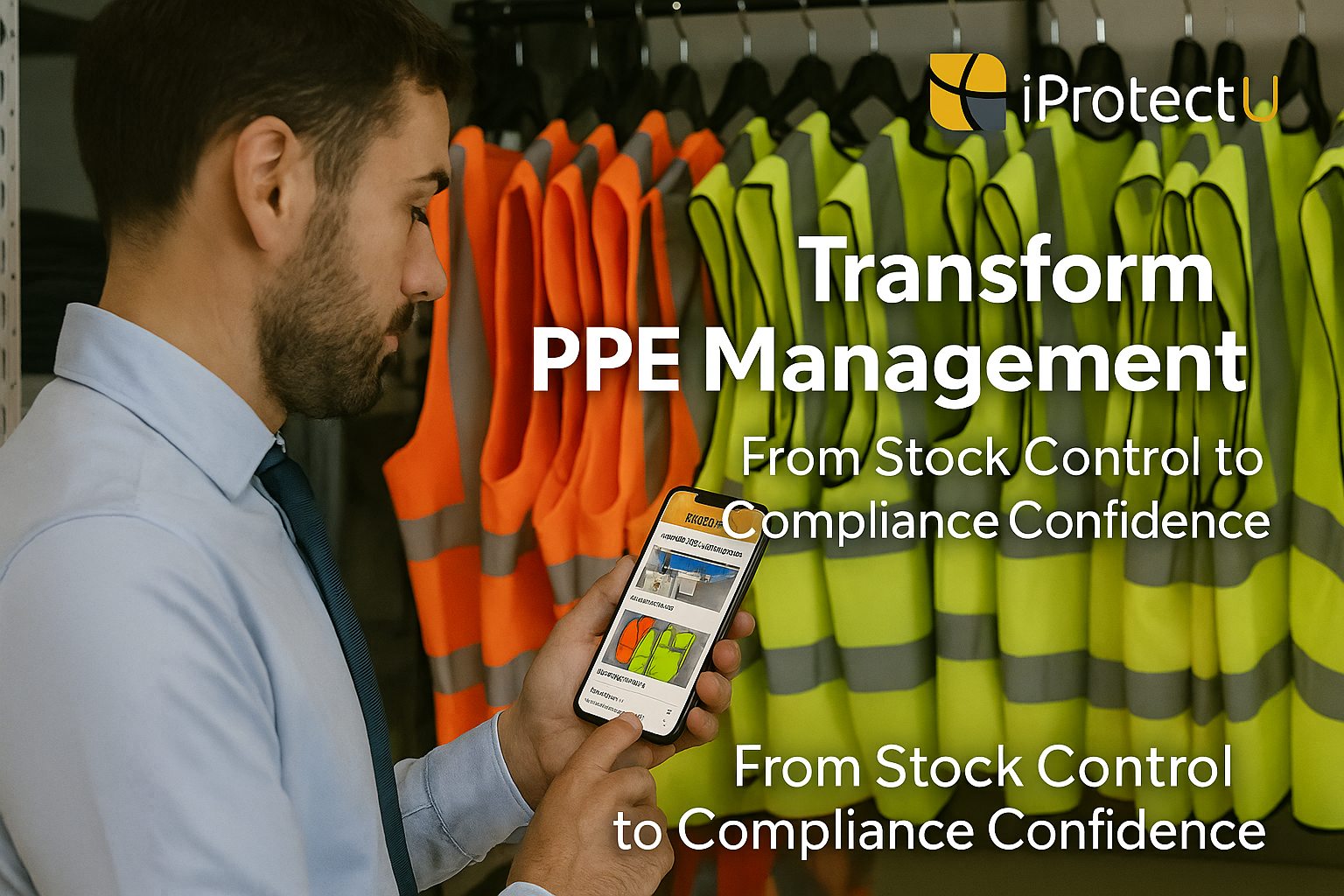
Twas the Night Before Compliance: A Very iProtectU Christmas & New Year’s Tale
Ho ho hold on – before you climb that ladder to hang the fairy lights…
Health and Safety Software » Health and Safety Software News » Risk Assessment » The Heat and Hydration

Below are some important considerations.
Hydration: Drink sufficient amounts of water before, during, and after exposure to heat or physical exertion. Consume water at regular intervals, even if you do not feel thirsty. Avoid excessive consumption of caffeinated or sugary beverages, as they can contribute to dehydration. Remember that individual hydration needs vary, so monitor your urine colour – pale yellow indicates adequate hydration.
Electrolyte Balance: When sweating, your body loses electrolytes such as sodium, potassium, and magnesium. Replenish electrolytes through sports drinks or electrolyte-enhanced beverages. Include foods rich in electrolytes in your diet, such as fruits, vegetables, and nuts.
Dress Appropriately: Wear lightweight, breathable, and loose-fitting clothing made from natural fabrics like cotton. Choose light colours that reflect sunlight rather than dark colours which absorb heat. Use protective gear such as hats, sunglasses, and sunscreen to shield yourself from direct sunlight.
Time Management: Schedule physically demanding tasks and any outdoor activities during cooler hours of the day, such as early morning or late evening. Minimise exposure to extreme heat during peak hours while the sun is at its strongest.
Suitable Shade: Take regular breaks in shaded areas to cool down. If practical, create shade using umbrellas, canopies, or other protective structures. Avoid prolonged exposure to direct sunlight and seek air-conditioned or cool environments during breaks.
Cooling Measures: Use cooling measures to regulate your body temperature. Wet a towel or bandana with cool water and place it on your neck, wrists, or forehead. Consider using portable fans, misting fans, or personal cooling devices to help cool down in hot environments.
Training: Educate yourself and others about the signs and symptoms of heat-related illnesses, such as heat exhaustion or heatstroke. It is important to know how to recognise warning signs, such as excessive sweating, dizziness, nausea, confusion, or rapid breathing. Encourage colleagues or team members to look out for each other.
Heat Index: Pay attention to the heat index, which considers both temperature and humidity levels to determine the perceived temperature. The heat index provides a better understanding of the potential risks associated with heat exposure.
Acclimatisation: Over time, acclimate yourself to working or exercising in hot conditions. Allow your body time to adapt to higher temperatures by starting with shorter durations and gradually increasing the intensity and duration of your exposure.
Emergency Preparedness: In the event of a heat-related emergency, such as heatstroke, immediately seek medical attention. Be familiar with the location of first aid kits, emergency contact numbers, and nearby medical facilities.
By prioritising hydration, proper clothing, rest, and awareness, you can effectively manage heat-related risks and promote a safe and healthy environment in hot conditions.
iProtectU allows a user to create, edit and document a risk assessment regarding working in the heat.
iProtectU brings together the key resources and knowledge of three companies specialising in EHS software development, health and safety, business intelligence and data analytics.
Our vision is to provide fully integrated, cost effective and simple to use health and safety software tools that enable our clients to engage their entire team.
Arrange your demonstration
Let us show you how we can transform your health and safety, risk and compliance management
Please choose a date and time for your demo. We look forward to meeting with you.

Ho ho hold on – before you climb that ladder to hang the fairy lights…

Europe’s rising influenza activity underscores the importance of having the right digital tools in place.

iProtectU is proud to support the Final Straw Foundation’s Native Oyster Restoration Project, helping restore

When a national voice like IBEC publishes your perspective, it matters.
This week, iProtectU

Modern HSE software has evolved into a strategic necessity, empowering organisations to manage risk proactively,

Managing personal protective equipment (PPE) doesn’t have to be a paperwork struggle. With iProtectU, safety